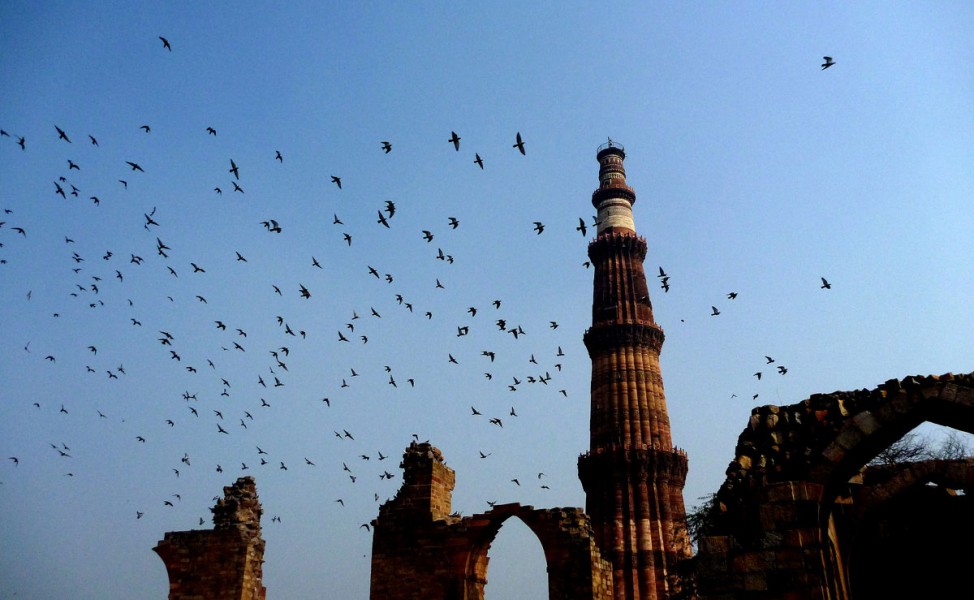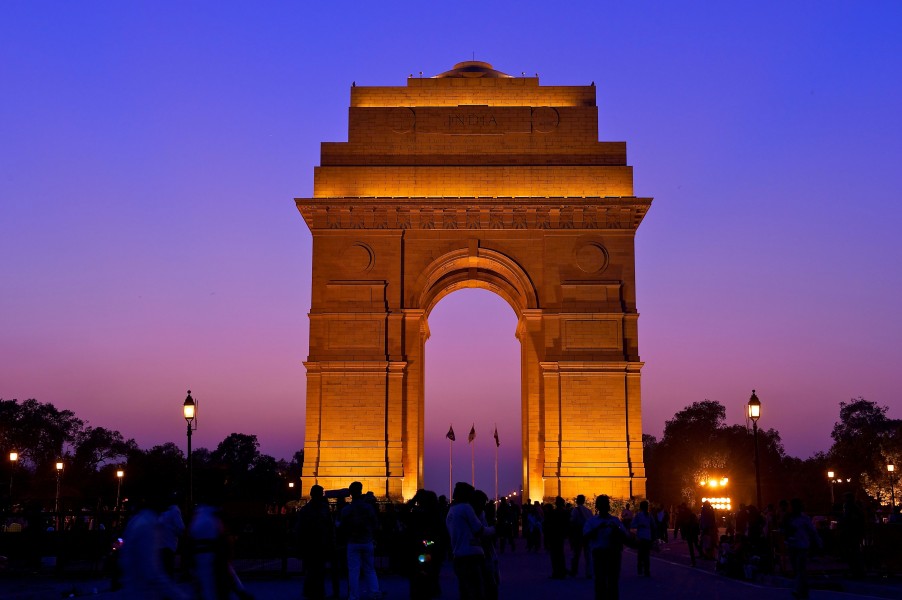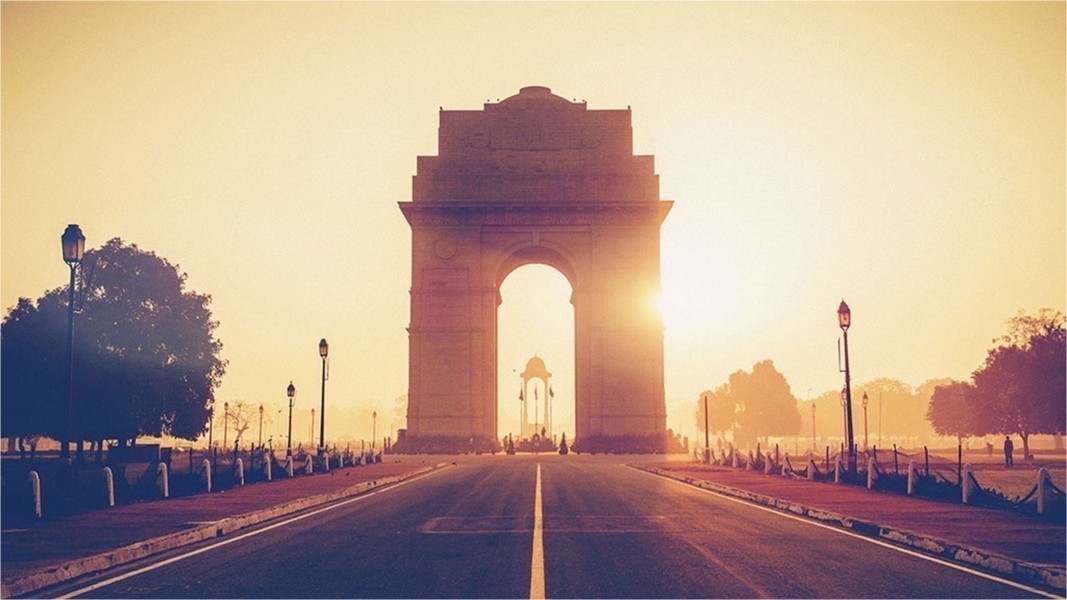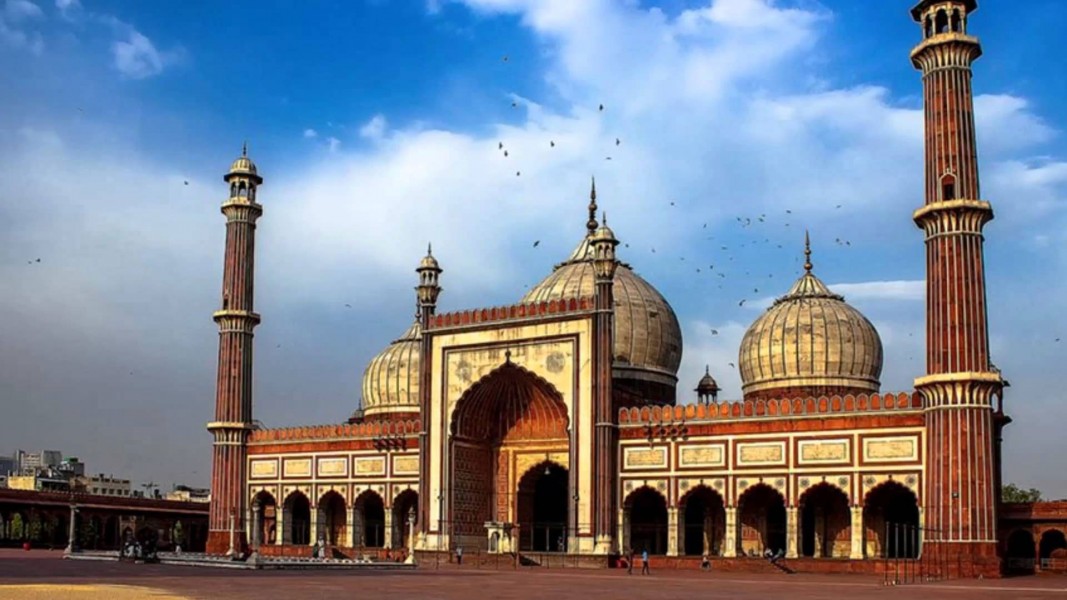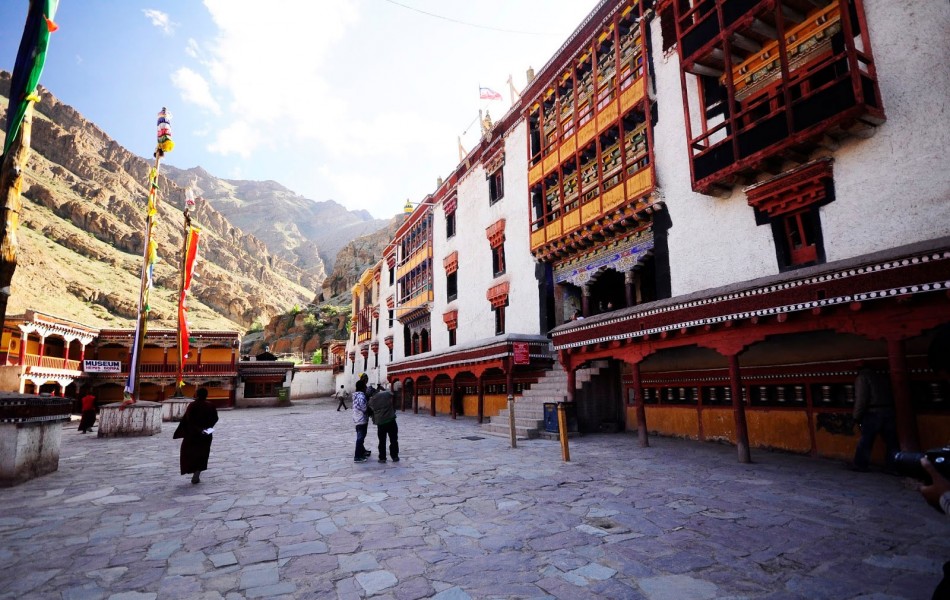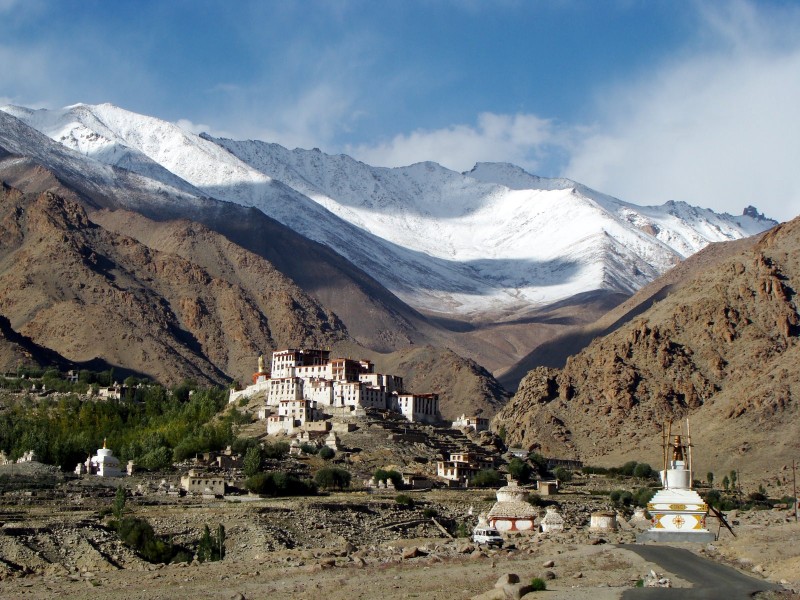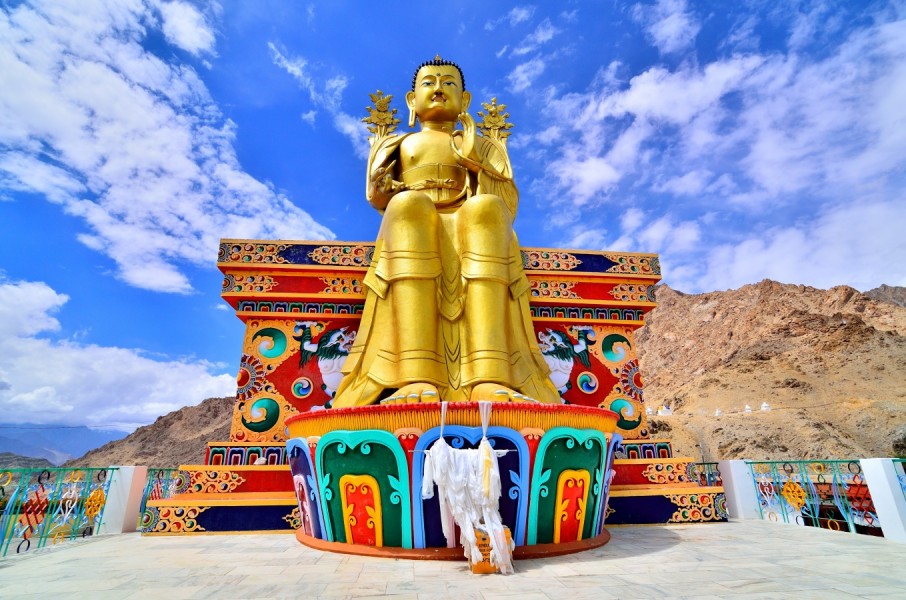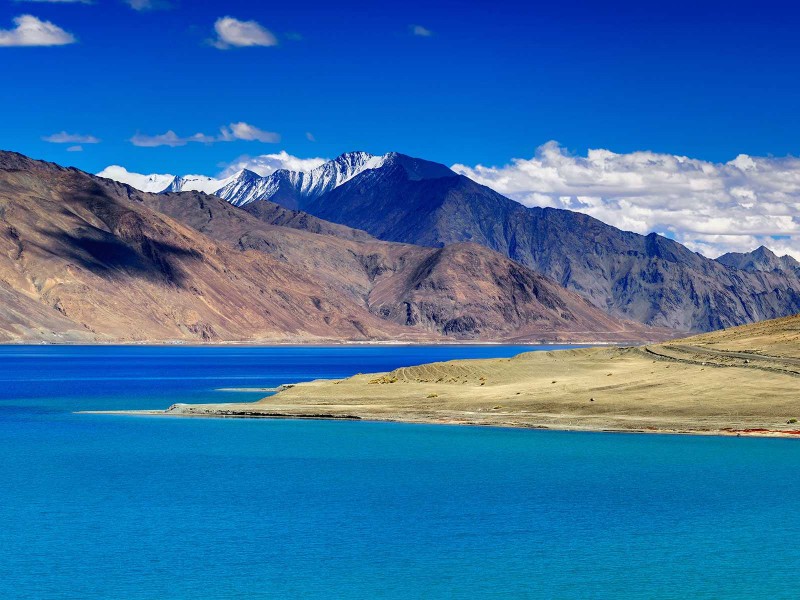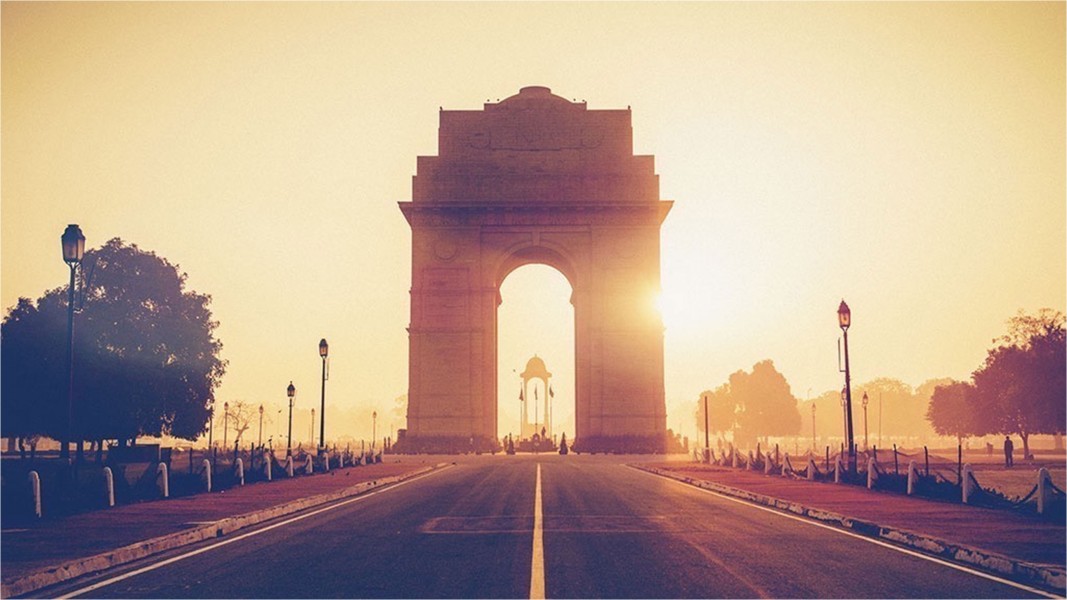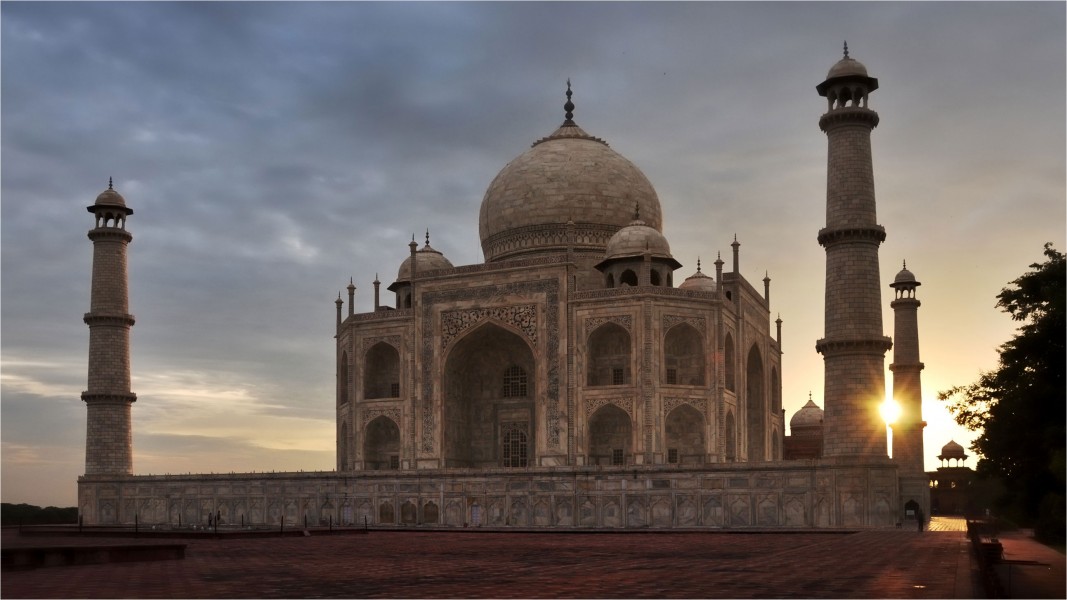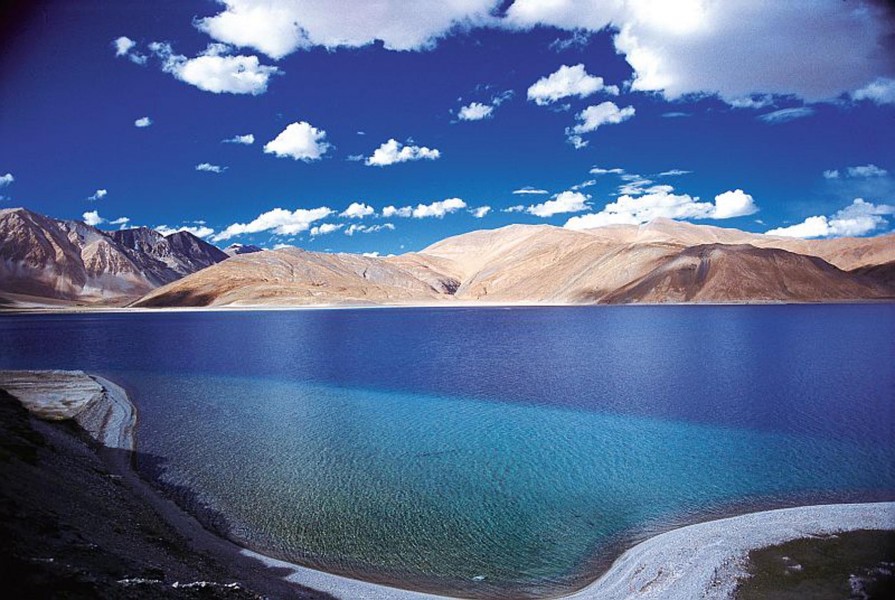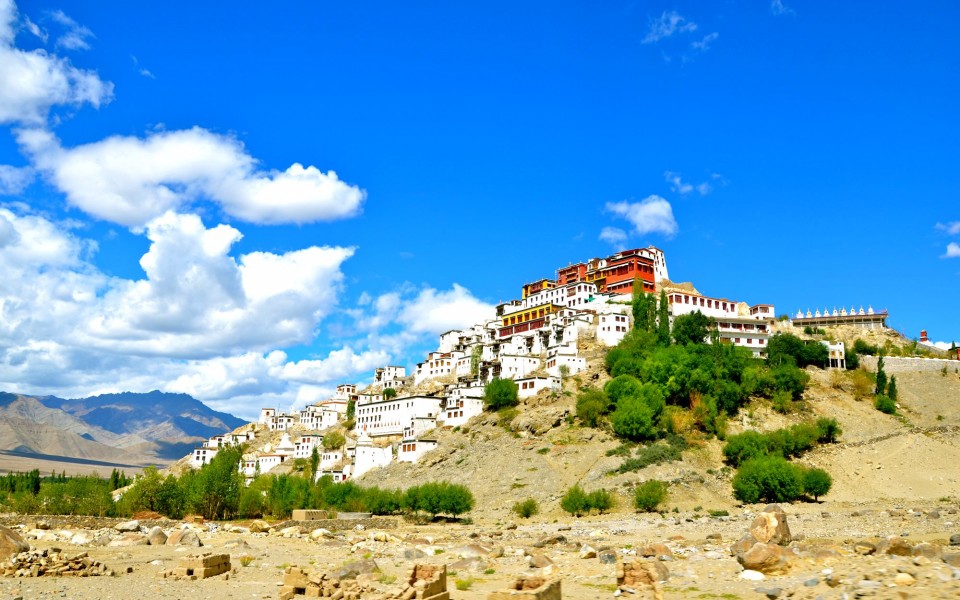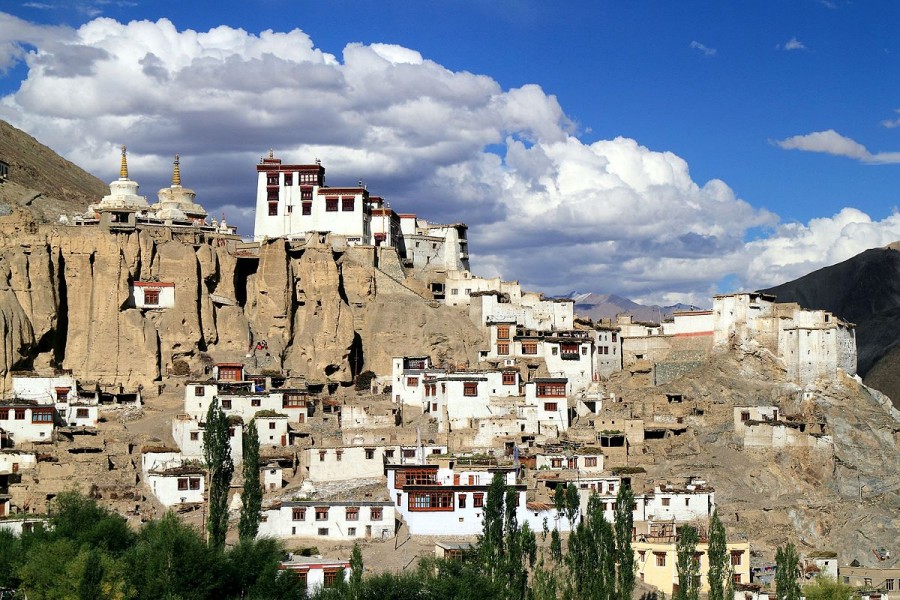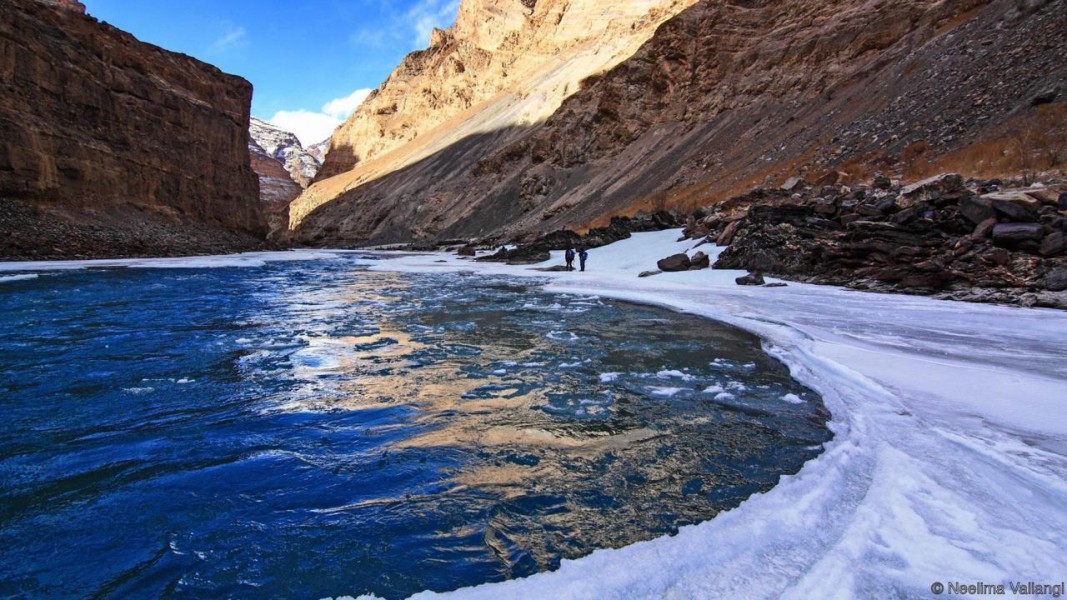After breakfast, enjoy full day visit of Delhi including following:
Drive past the Red Fort
The Red Fort, Shah Jahan's elegant citadel in red sandstone, was built on the western bank of the river Yamuna. Shahjahan, started the construction of this massive fort in 1638, when he shifted the capital
from Agra to Delhi. The Red sandstone walls of the massive Red Fort rise 33-m above the clamor of Old Delhi as a reminder of the magnificent power and pomp of the Mughals. Inside is a veritable treasure trove of buildings, including the Drum House, the Hall of Public and Private Audiences, the Pearl Mosque, Royal Baths and Palace of Color.
Jama Masjid
This great mosque of Old Delhi is the largest in India, with a courtyard capable of holding 25,000 devotees. It was begun in 1644 and ended up being the final architectural extravagance of Shah Jahan, the Mughal emperor who built the Taj Mahal and the Red Fort. The highly decorative mosque has three great gates, four towers and two 40 m-high minarets constructed of strips of red sandstone and white marble. The interior of the prayer hall is divided into aisles by arches. The walls and floors are of marble inlay panels.
Raj Ghat
Raj Ghat is a memorial to Mahatma Gandhi. It is a black marble platform that marks the spot of Mahatma Gandhi's cremation, on 31 January 1948, a day after his assassination. It is left open to the sky while an eternal flame burns perpetually at one end. It is located on the banks of the river Yamuna in Delhi on Ring Road officially known as Mahatma Gandhi Road. A stone footpath flanked by lawns leads to the walled enclosure that houses the memorial.
Photo Stop at India Gate.
At the centre of New Delhi stands the 42 m high India Gate, an "Arc-de-Triumph" like archway in the middle of a crossroad. Almost similar to its French counterpart, it commemorates the 70,000 Indian soldiers who lost their lives fighting for the British Army during the World War I. The memorial bears the names of more than 13,516 British and Indian soldiers killed in the Northwestern Frontier in the Afghan war of 1919. Under the arch, the Amar Jawan Jyoti commemorating Indian armed forces’ losses in the Indo-Pakistan war of 1971.
Govt. Buildings
New Delhi houses several government buildings and official residences reminiscent of the British colonial architecture. Today we will drive past few of them, like The Parliament House, designed by Baker is 173 m in diameter, the Rashtrapati Bhawan once the Viceroy’s residence is now the official residence of the President of India. Designed by Lutyens, it combines western and eastern styles.
Humayun Tomb
Humayun's Tomb is probably one of the most innovative and experimental monuments of its time, incorporating within it Indo-Islamic architectural styles. This magnificent garden tomb is the first substantial example of Mughal architecture in India. It was built in 1565 A.D. nine years after the death of Humayun, by his senior widow Bega Begam. Inside the walled enclosure the most notable features are the garden squares (Charbagh) with pathways water channels, centrally located well proportional mausoleum topped by double dome.
Qutub Minar
Qutub Minar is a soaring, 73 m-high tower of victory, built in 1193 by Qutab-ud-din Aibak. The tower has five distinct stories, each marked by a projecting balcony and tapers from a 15 m diameter at the base to just 2.5 m at the top.
The first three stories are made of red sandstone; the fourth and fifth stories are of marble and sandstone. At the foot of the tower is the Quwwat-ul-Islam Mosque, the first mosque to be built in India. A 7 m-high iron pillar stands in the courtyard of the mosque. It is said that if you can encircle it with your hands while standing with your back to it your wish will be fulfilled.
Overnight at the hotel.
Read more
New Delhi


